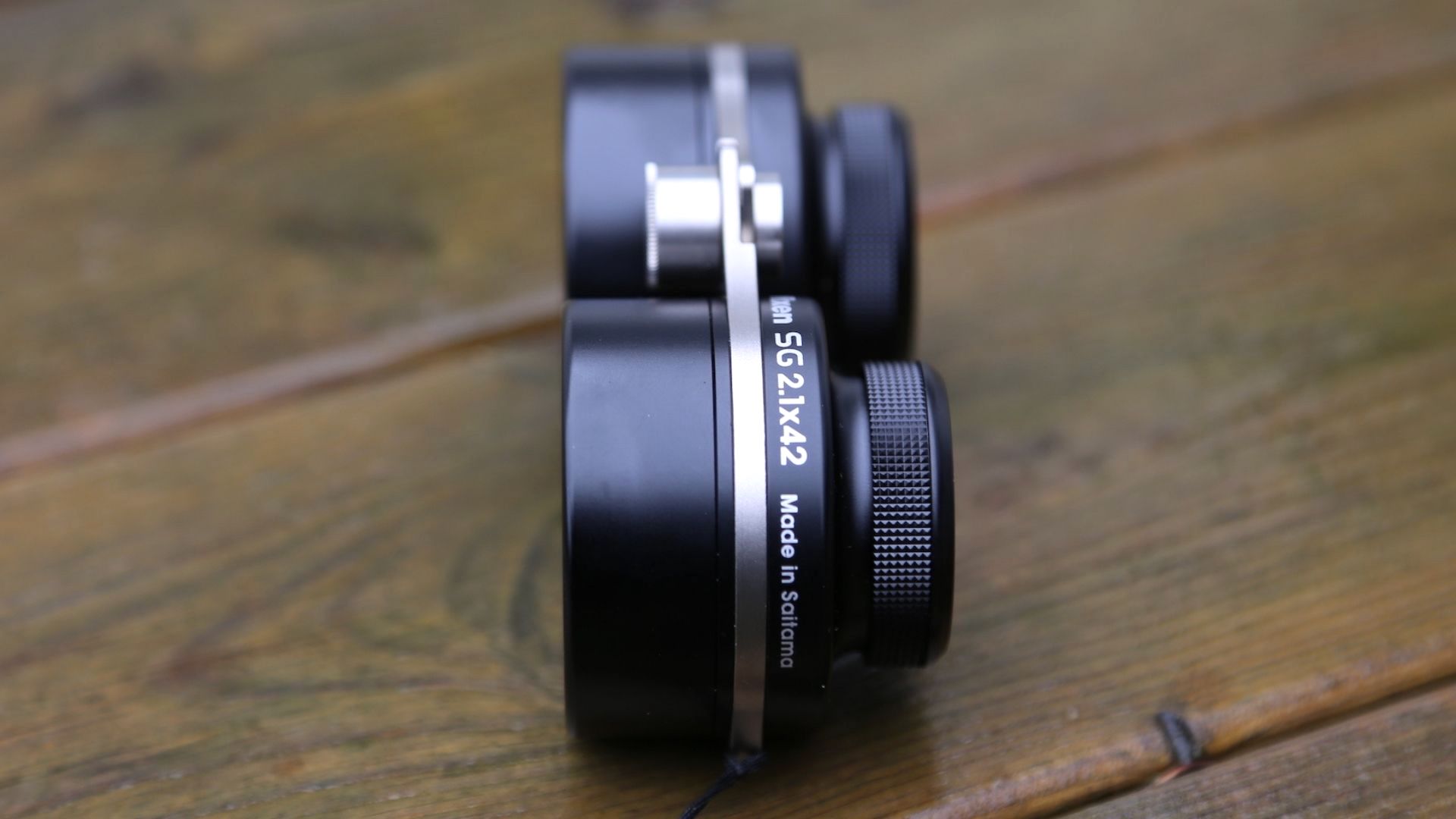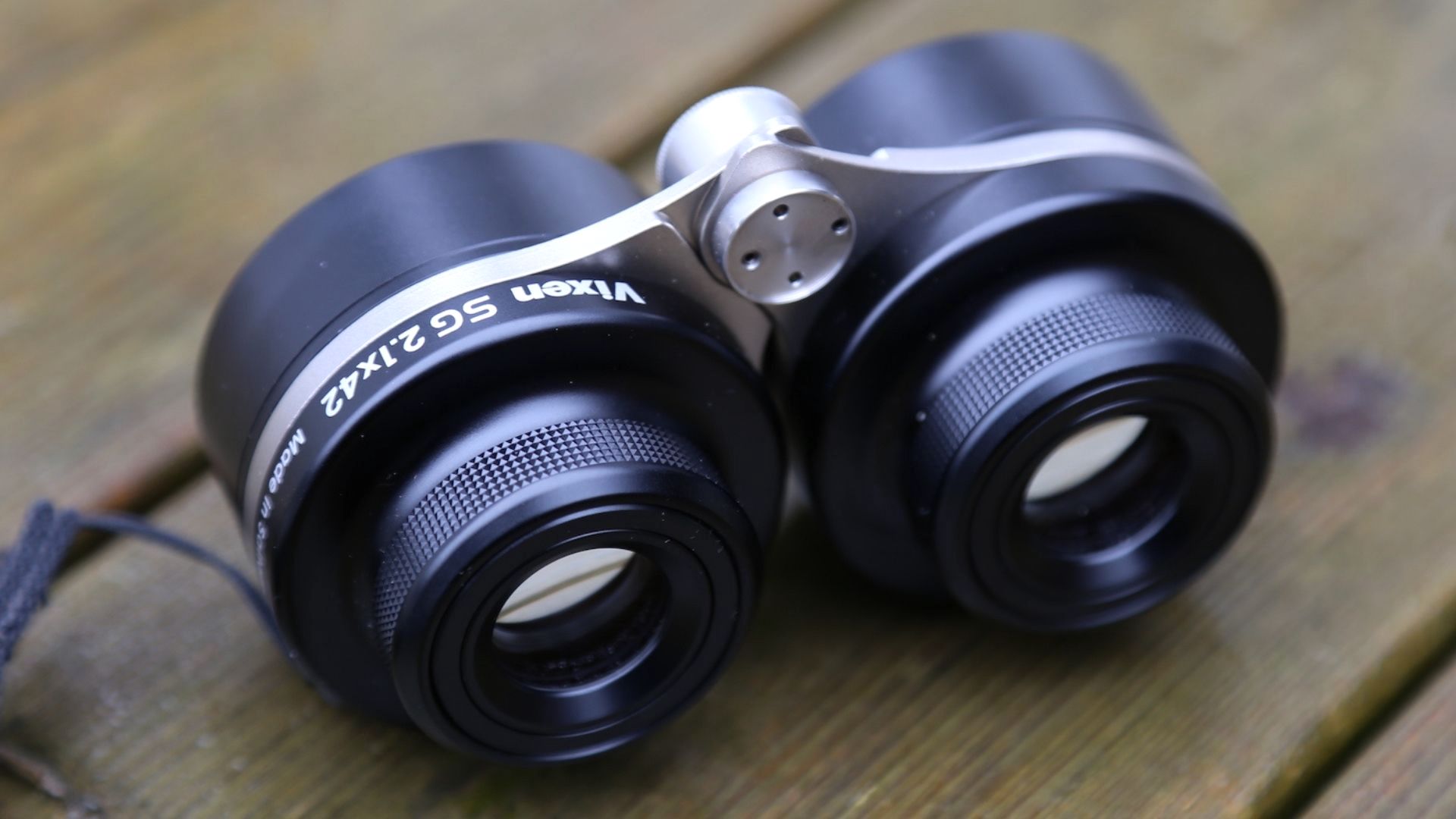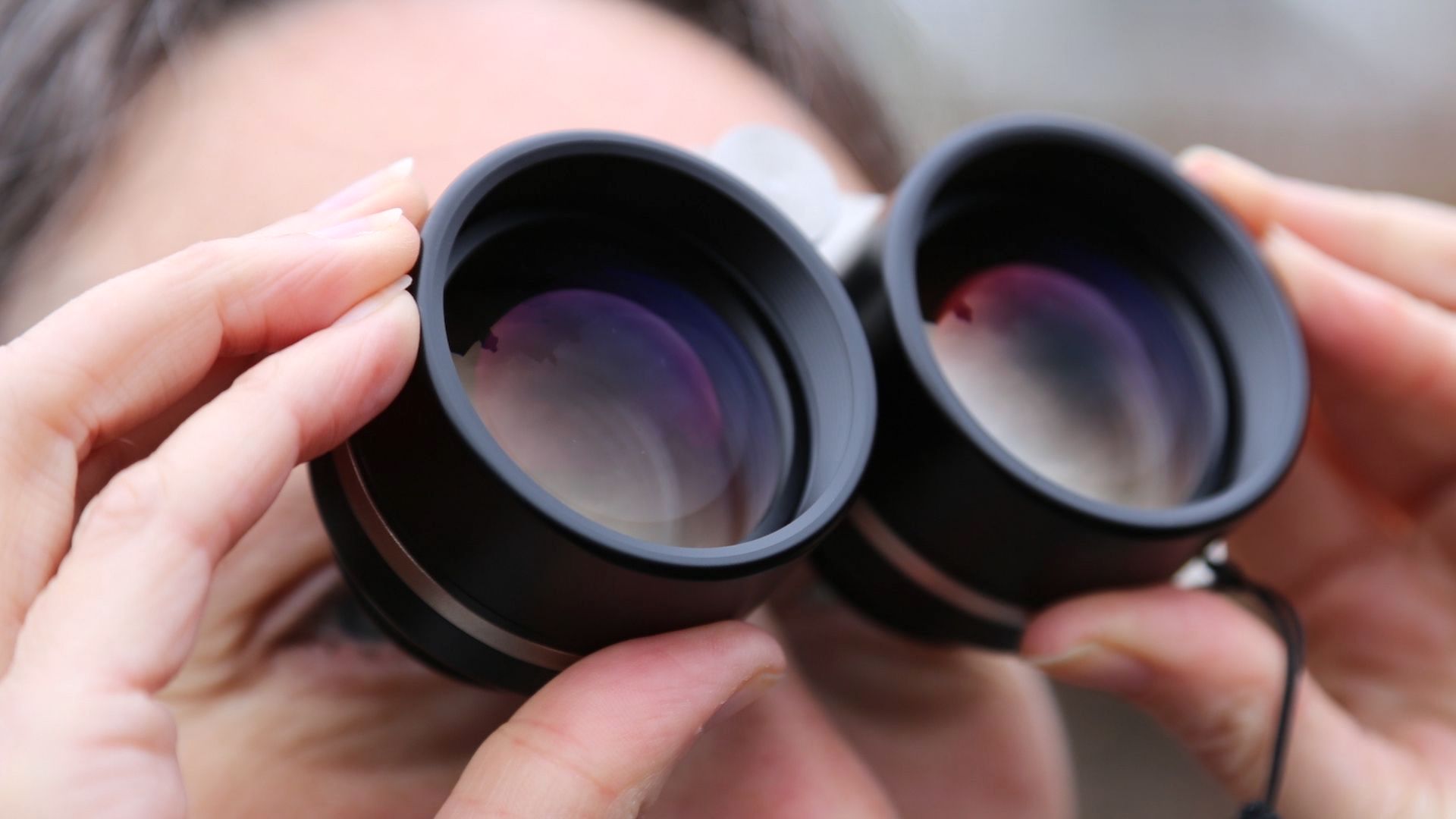Vixen SG 2.1x42 super-wide binocular review: immersive views of the stars
The Vixen SG 2.1x42s are the only binoculars to deliver panoramic views of the night sky. Here's our full review


Surely the best way to look at constellations and the Milky Way, the Vixen SG 2.1x42 offer a specialist way to get more depth from your stargazing while retaining an immersive wide-eyed view of the night sky.
-
+
Wide field of view
-
+
Very steady image
-
+
Depth of field and brightness
-
+
Small and easy to carry
-
-
Not much magnification
-
-
Lens caps are easy to lose
-
-
Blurry edges
-
-
Speciality purchase
Why you can trust T3

For this Vixen SG 2.1x42 review, we put these super-wide, stargazing-specific binoculars through their paces, to see if they can really are the perfect way to explore the heavens. While some of the entries in our best binocular guide will help you get a closer-up of a star cluster, a nebula or the Moon, the Vixen GS 1x42 binos (US$299/US£289/AUS$385) have a different remit: they're designed to deliver stunning, wide-field panoramic views of of the night sky.
However, with a mere 2.1x magnification are these unique pocket-sized binoculars really worth bothering with? Here's our full Vixen SG 2.1x42 super-wide binoculars review.
Vixen SG 2.1x42 binoculars review: features and performance
The Vixen SG 2.1x42 are all about immersing yourself in the night sky. With 2.1x magnification, everything is magnified twice over, but no more. That's not much. They're terrible for moon gazing. You won't get a great view of nebulae, or get any kind of impressive close-up of star clusters like the Pleiades, Hyades and the Beehive (although they do make them stand out more). You also certainly won't glimpse a galaxy while using the Vixen SG 2.1x42. So what's the point of these odd-looking binoculars?
Vixen SG 2.1x42 binocular specs
Size: 1.8x5x0.7-inch/46x128x54mm
Weight: 14.5oz/410g
Type: Galilean
Waterproof: No
Field of view: 25°
Magnification: 2.1
Objective lens diameter: 42mm
Eye relief: 8.4mm
Near focus: 2.2 yds/2m
Image stabilisation: No
The Vixen SG 2.1x42 reveal many more stars that your naked eyes can see. Which is why the Vixen SG 2.1x42's rare wide field of view – which stretches to 25º – earn them the nicknames of 'constellation' or 'Milky Way' binoculars.
To find out why let's look at the Vixen SG 2.1x42's unusual specifications. They're rated as 2.1x42, which means they magnify everything by 2.1x and they have an objective lens with a diameter of 42mm. That latter number is about how much light they let it, and on the Vixen SG 2.1x42 it's comparable to a 'normal' pair of stargazing binoculars. That's more than can be said for the 2.1x magnification, which is all about preserving a 'wide-eyed' view of the cosmos while effectively extending your eyes' limiting magnitude (the faintest stars that your eyes can see).
The Vixen SG 2.1x42 work really well and are especially useful if you're hiking or camping in a dark sky site in summer when the Milky Way is arching across the night sky.
Their lack of magnification also has a positive unintended consequence. Binoculars with a much bigger magnification tend to give users shaky images. That's because humans are hot and constantly moving, something magnification shows up very easily. Not so on the Vixen SG 2.1x42; their lack of magnification means a super-steady and bright field of view.
Get all the latest news, reviews, deals and buying guides on gorgeous tech, home and active products from the T3 experts




The build quality of the Vixen SG 2.1x42 is exquisite. Made in Japan, their metallic chassis and bridge is reassuringly weighty without being heavy. Each eyepiece focuses individually, which is rare. They're pocket-sized and come with a nice soft carry case, as well as neck strap. In fact, if you hang them around your neck and you'll barely notice they're there at all.
However, there are two things we didn't like about the Vixen SG 2.1x42. The first was their four lens caps, which fit snugly yet are completely removable, so easy to lose. More seriously is that image quality suffers around the edges, with a constant blur around everything, which can be distracting.
Sure, they a specialist purchase, but the Vixen SG 2.1x42 are the ultimate binoculars for stargazers who don't really want much equipment and certainly don't want to buy a telescope. Constellations and the Milky Way have never looked better, and if you're learning the night sky and want to remain immersed in it, the Vixen SG 2.1x42 will give you a unique view.
Vixen SG 2.1x42 binoculars review: alternatives to consider
For lots of less specialist options, check out our general best binoculars guide, or check out how to choose and use binoculars for stargazing for advice on what you need to look for when identifying if a model will work for astronomy or not. For a closer look at our current top stargazing binoculars pick, head to our Celestron Skymaster Pro 20x80 binoculars review. These offer bags of magnification and huge objective lenses, which deliver incredible deep-sky images. They are, however, massive, so you'll need a tripod to get the best from them.
To avoid binocular-shake without a tripod, check out our Canon 10x42L IS WP binoculars review. For an admittedly quite high price, these deliver unsurpassed image stabilisation tech.
Of course, there's also the question of binoculars vs telescopes when it comes to stargazing. If you decide on the latter, our best telescopes ranking has plenty of recommendations.
Vixen SG 2.1x42 binoculars review: verdict
The Vixen SG 2.1x42 is ideal for super-charging naked-eye stargazing of constellations and the Milky Way. Keeping you immersed in the night sky with its uniquely wide field of view, they effectively extend your eyesight while you retain that all-important wide-eyed view of the cosmos. Portable, easy to use and superbly constructed, they're the perfect stepping stone for stargazers who want to get a better view of the constellations and the Milky Way.
First reviewed February 2021
Jamie is a freelance journalist, copywriter and author with 20 years' experience. He's written journalism for over 50 publications and websites and, when he's not writing, spending most of his time travelling – putting the latest travel tech through its paces.
